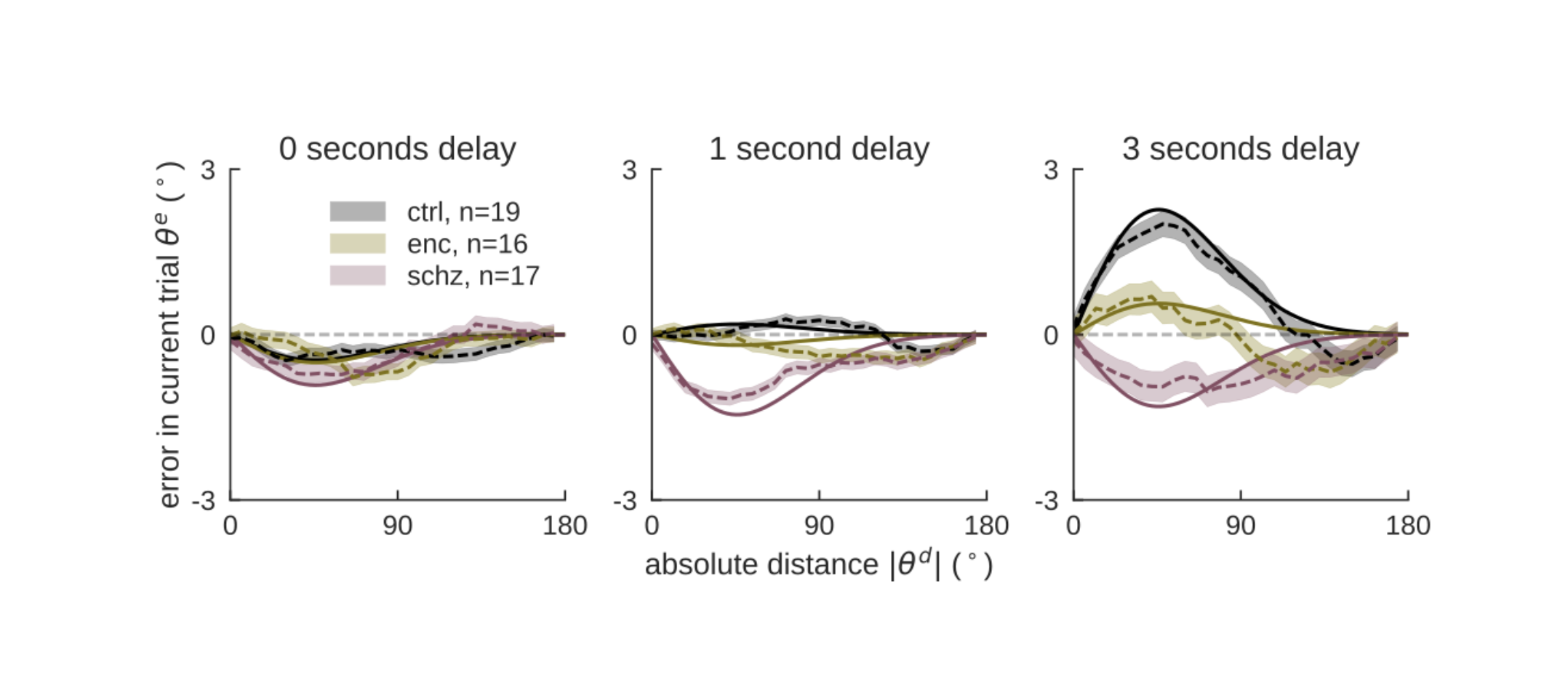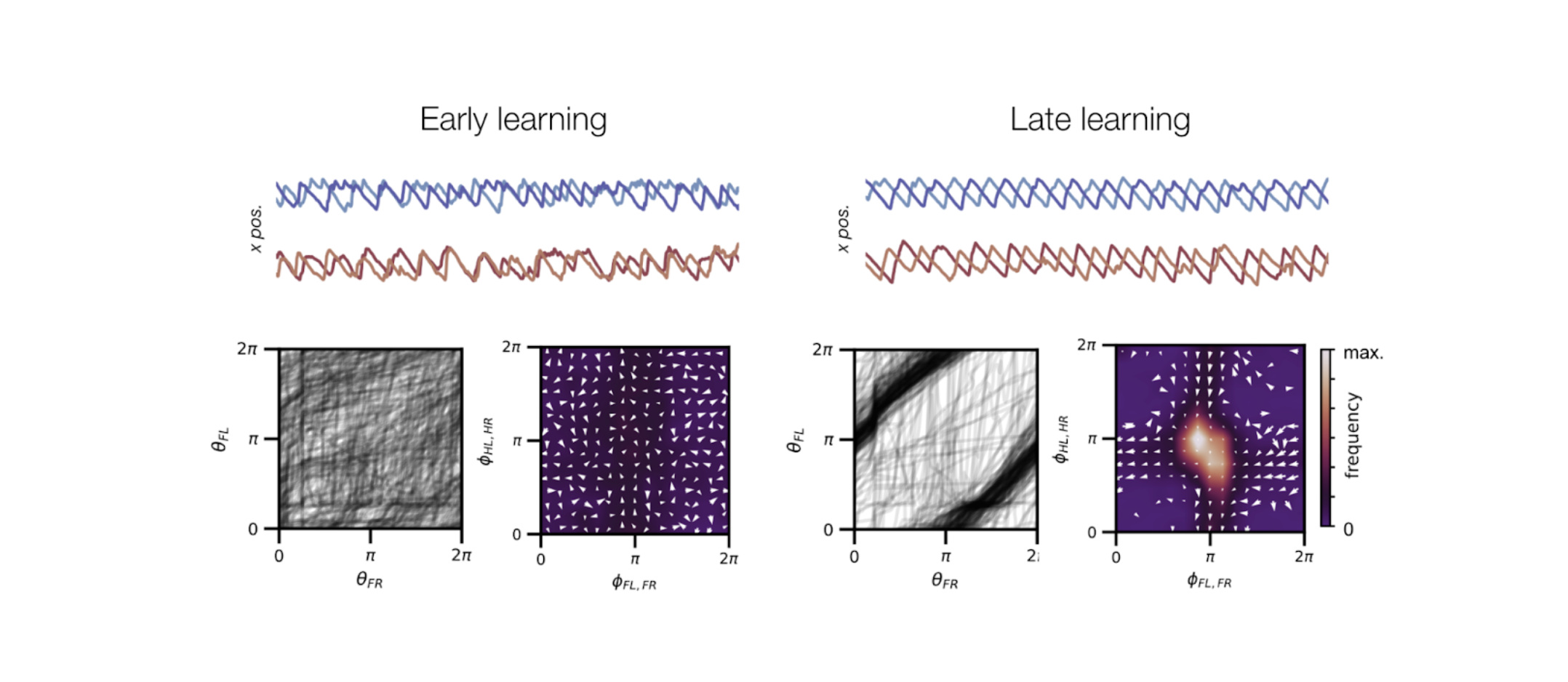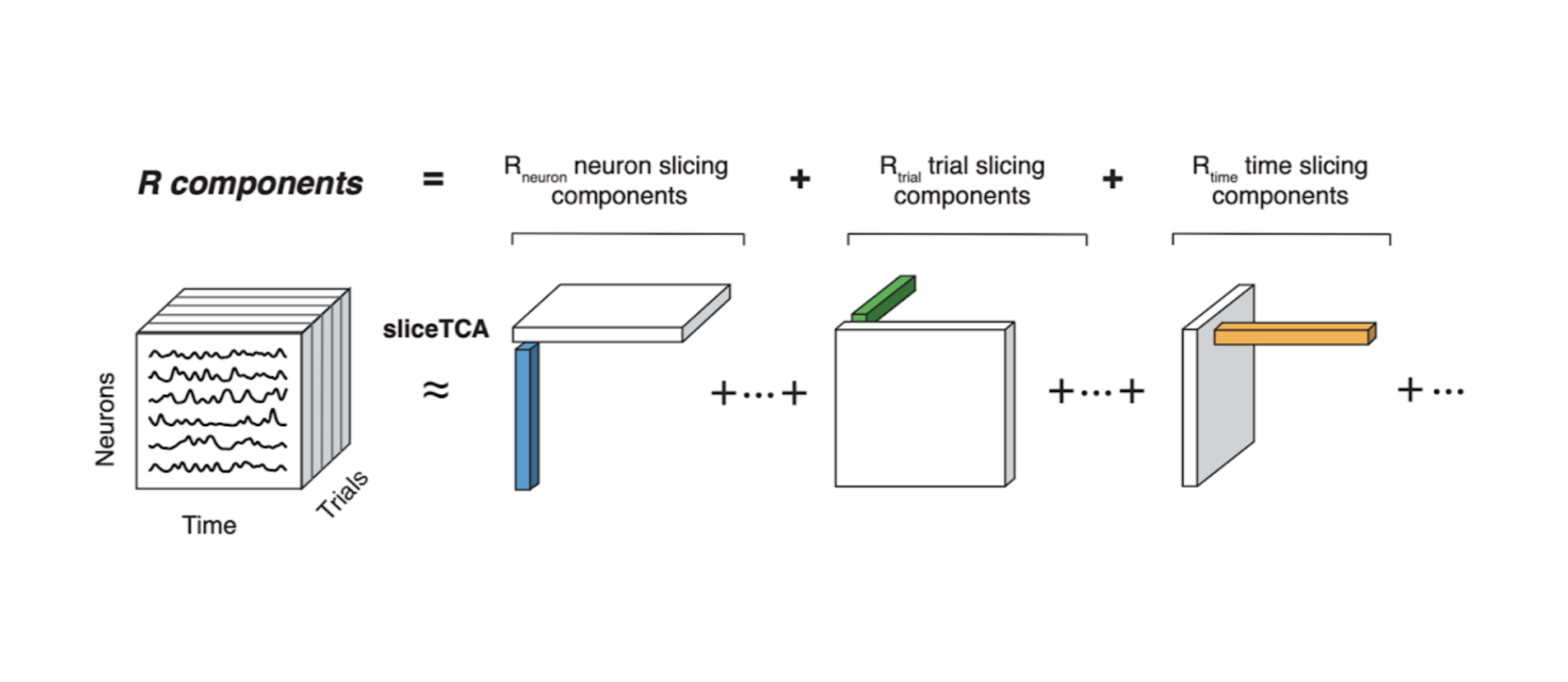Working memory discontinuities in anti-NMDAR encephalitis and schizophrenia
Written on February 26th, 2024 by Heike Stein
In my PhD, I studied NMDA receptor related working memory alterations in human patient populations. The goal was to test predictions from biophysical models of the prefrontal cortex, stating that NMDAR dysfunction should lead to altered attractor dynamics prefrontal activity. As a result, working memory performance should be impaired in patients with NMDAR dysfunction.
In behavioral and EEG experiments in patients with autoimmune NMDAR dysfunction and schizophrenia, we could not confirm these model predictions, showing that active memory maintenance was intact. In contrast, we found a more subtle, but systematic effect on trial history biases: Patients showed a striking discontinuity between temporally adjacent memories that stands in stark contrast to attractive memory biases observed in neurotypical subjects. Decoding memory contents from EEG, we found that this reduction in serial dependence was reflected in less continuous memory codes spanning subsequent trials. With biophysical network models, we showed how this effect could be explained by reductions in short-term plasticity in patients with NMDAR dysfunction.
Relevant publications
Stein, H.*, Barbosa, J.*, et al. Reduced serial dependence suggests deficits in synaptic potentiation in antiNMDAR encephalitis and schizophrenia. Nature Communications 11, 4250 (2020).
Stein, H.*, Barbosa, J.*, & Compte, A. Towards biologically constrained attractor models of schizophrenia. Current Opinion in Neurobiology 70, 163-170 (2021).
Guasp, M., et al. Clinical characterization of patients in the post-acute stage of antiNMDA receptor encephalitis: a prospective observational cohort study and comparison with patients with schizophrenia spectrum disorders. The Lancet Neurology 21, 899-910, (2022).
Stein, H., et al. A. Neural signatures of reduced serial dependence in antiNMDAR encephalitis and schizophrenia. PsyArXiv (2024).

